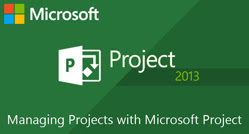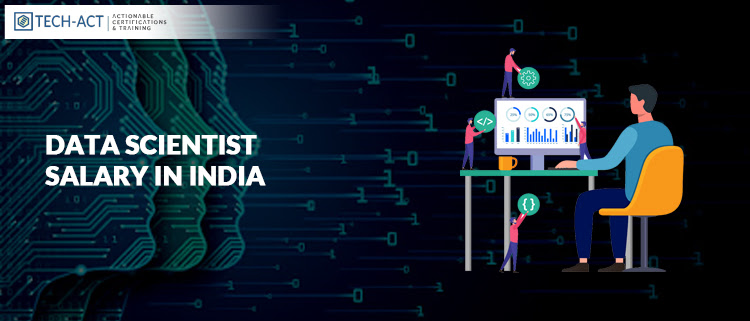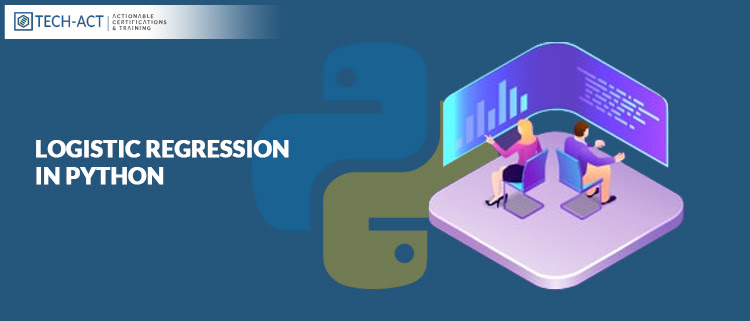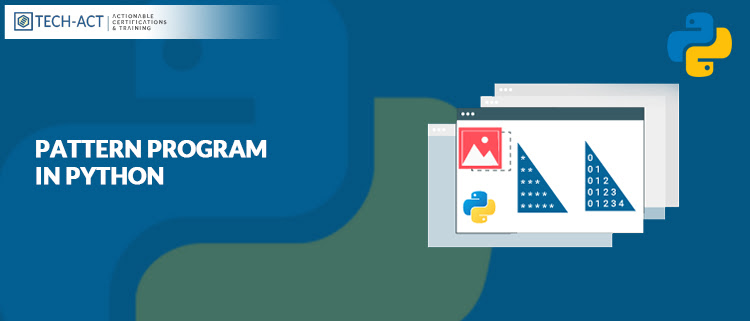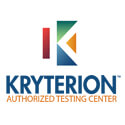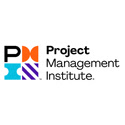Top Python Web Frameworks To Learn In 2021
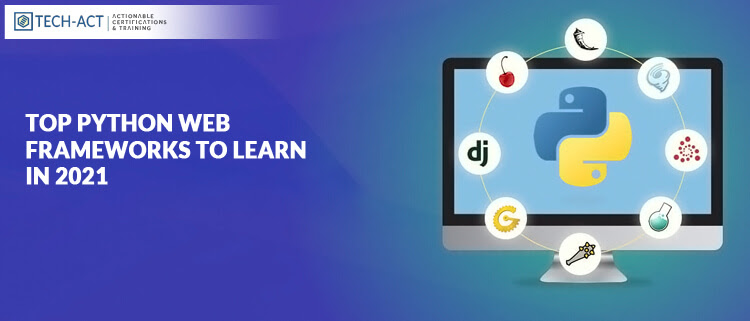
For a developer, frameworks are of utmost importance as they make things easier for them. Wondering how things can get easy? It is because the structure for application development is provided by frameworks. Many activities like common solution, reduction in development time are automated and this enables the developers to place emphasis on application logic rather than being occupied with routine task.
Today in this blog we will look at the top Python web frameworks which will not only enhance your existing skills but it will also make you an expert as a professional backend developer.
Python Frameworks:
Python is the most preferred programming language and it is rapidly growing. Also Django and Flask are the most popular python frameworks. However, that doesn’t mean the other frameworks are not good enough. Each framework has some unique features.
Few things to consider before choosing a framework:
- Prior we decide on the framework, it is important to look at the size and the nature of project. For instance, if you want to develop something which is a large system packed with features and requirements then full-stack framework would be the right choice. But if the application which you need to develop is small and simple then you can go for Micro framework.
- Also look if the framework can scale vertically and horizontally. As this is important for the projects that have to run for longer hours, handles huge amount of traffic and the one which support the addition of new features to ameliorate the functionality.
- Post you have decided on which framework to choose then connect with a team of developers and get to know about what will be the approximate cost to develop your application.
However, the final call on selecting the framework should be taken after a deep understanding of your project and task which you want to simplify.
Full-stack frameworks:
A full-stack framework has all-in-one solution with libraries which are configured to make things work together effortlessly. It is also known as enterprise framework. Development of backend services, frontend interfaces, and databases all these are supported by full-stack frameworks. It provides almost everything to the developer which is required for creating an application.
Django:
It is a free open source full stack python framework. The best part is that it has all the necessary features by default as opposed to offering them as separate libraries. Authentication, URL routing, template engine, object-relational mapper and database schema migration are some of its exceptional features. Hence, Django is highly flexible, extremely fast and adaptable. Django can map objects to database tables by using ORM. Different databases can be operated with same codes and also it can be easily transferred from one database to other. PostgreSQL, MySQL, SQLite, Oracle these are the main databases that Django works with. Django is so scalable that one can craft any web application right from small scale projects to complex websites. Startups get benefits from Django, as it is used for crafting MVP which optimizes time and budget. The user base of Django will only show an upward trend in future because it is the best choice for evolving technologies like ML.
Pyramid:
Pyramid is an open-source and one of the best python-based web application frameworks. Pyramid performs as much as possible with minimum complexity. It runs on python 3 and it is capable to cope up with technological improvements. The current version of the framework is Pyramid 1.10. Pyramids can work smoothly with small and large application which makes it noteworthy. Single-file applications, URL generation, extensible configuration, all-embracing templating and asset specifications, flexible authentication and authorization, testing, support, and comprehensive data documentation, view predicates and many per-route views, function decorators, predicates, renderers are some of the most important features of pramid. Pyramid enables a developer to decide on the templating language, generation libraries, and database layer.
TurboGears:
It is an open-source & data-driven full-stack web application framework. TurboGears are created with ample of middleware and libraries which are initially crafted to amalgamate the best components of other python frameworks. By using TurboGears one can quickly develop extensible data – driven web applications. It’s templating engine are user-friendly and its ORM is very robust & adaptable. TurboGears offers not only fantastic template systems but it also provides huge flexibility, a very potent support of aggregates, sturdy ORM and snippets that can be re-used. Few features of TurboGears’ that makes it exclusive are multi-database support, MVC-style architecture, support for SQLObject and SQLAlchemy, validation with FormEncode etc.
Web2py:
It is a scalable open-source full-stack Python framework. It is extremely robust in handling data. It was initially offered as a tool for teaching with an aim to ease the use. Therefore, there are no project-level configuration files.
But what makes Web2py distinctive? That is it has its own web-based IDE which includes a code editor, debugger, and one-click deployment. No requirements for installation and configuration, its ability to run on Windows, Mac, Linux/Unix, Google App Engine, Amazon EC2, and any web hosting that supports either Python 2.5–2.7 or Java+Python, readability of multiple protocols, tracking error, security of data are some of the valuable features of Web2py.
Microframeworks:
Most of the major functions of a full-fledged framework are not available in micro frameworks. For instance functions like a web template engine, authentication functionality, accounts, authorization, input validation, and input sanitation. It provides only the component set that is required while creating an application.
Flask:
It is available under BSD license. Sinatra Ruby Framework has inspired flask. Flasks assist in building a solid web application foundation. It is lightweight and has a modular design which makes it adaptable to developer’s requirements. Few valuable features of flask are built-in development server and a fast debugger, integrated support for unit testing, ability to plug in an ORM etc..
Bottle :
It builds APIs. It is depended on python standard library. Using bottle to code can bring you near to the metal as compared to coding with any full-stack framework. However, Bottle is recommended only for crafting a very small application that has maximum 500 lines of code and no demand for any special requirements.
Summary:
Python is the most preferred programming language and it has a bright future because it is the first choice of developers when we talk about emerging technologies like ML and AI. So begin your learning journey now…..and acquire knowledge on all the top python web framework which are mentioned in the article.
For a developer, frameworks are of utmost importance as they make things easier for them. Wondering how things can get easy? It is because the structure for application development is provided by frameworks. Many activities like common solution, reduction in development time are automated and this enables the developers to place emphasis on application logic rather than being occupied with routine task.
Today in this blog we will look at the top Python web frameworks which will not only enhance your existing skills but it will also make you an expert as a professional backend developer.
Python Frameworks:
Python is the most preferred programming language and it is rapidly growing. Also Django and Flask are the most popular python frameworks. However, that doesn’t mean the other frameworks are not good enough. Each framework has some unique features.
Few things to consider before choosing a framework:
- Prior we decide on the framework, it is important to look at the size and the nature of project. For instance, if you want to develop something which is a large system packed with features and requirements then full-stack framework would be the right choice. But if the application which you need to develop is small and simple then you can go for Micro framework.
- Also look if the framework can scale vertically and horizontally. As this is important for the projects that have to run for longer hours, handles huge amount of traffic and the one which support the addition of new features to ameliorate the functionality.
- Post you have decided on which framework to choose then connect with a team of developers and get to know about what will be the approximate cost to develop your application.
However, the final call on selecting the framework should be taken after a deep understanding of your project and task which you want to simplify.
Full-stack frameworks:
A full-stack framework has all-in-one solution with libraries which are configured to make things work together effortlessly. It is also known as enterprise framework. Development of backend services, frontend interfaces, and databases all these are supported by full-stack frameworks. It provides almost everything to the developer which is required for creating an application.
Django:
It is a free open source full stack python framework. The best part is that it has all the necessary features by default as opposed to offering them as separate libraries. Authentication, URL routing, template engine, object-relational mapper and database schema migration are some of its exceptional features. Hence, Django is highly flexible, extremely fast and adaptable. Django can map objects to database tables by using ORM. Different databases can be operated with same codes and also it can be easily transferred from one database to other. PostgreSQL, MySQL, SQLite, Oracle these are the main databases that Django works with. Django is so scalable that one can craft any web application right from small scale projects to complex websites. Startups get benefits from Django, as it is used for crafting MVP which optimizes time and budget. The user base of Django will only show an upward trend in future because it is the best choice for evolving technologies like ML.
Pyramid:
Pyramid is an open-source and one of the best python-based web application frameworks. Pyramid performs as much as possible with minimum complexity. It runs on python 3 and it is capable to cope up with technological improvements. The current version of the framework is Pyramid 1.10. Pyramids can work smoothly with small and large application which makes it noteworthy. Single-file applications, URL generation, extensible configuration, all-embracing templating and asset specifications, flexible authentication and authorization, testing, support, and comprehensive data documentation, view predicates and many per-route views, function decorators, predicates, renderers are some of the most important features of pramid. Pyramid enables a developer to decide on the templating language, generation libraries, and database layer.
TurboGears:
It is an open-source & data-driven full-stack web application framework. TurboGears are created with ample of middleware and libraries which are initially crafted to amalgamate the best components of other python frameworks. By using TurboGears one can quickly develop extensible data – driven web applications. It’s templating engine are user-friendly and its ORM is very robust & adaptable. TurboGears offers not only fantastic template systems but it also provides huge flexibility, a very potent support of aggregates, sturdy ORM and snippets that can be re-used. Few features of TurboGears’ that makes it exclusive are multi-database support, MVC-style architecture, support for SQLObject and SQLAlchemy, validation with FormEncode etc.
Web2py:
It is a scalable open-source full-stack Python framework. It is extremely robust in handling data. It was initially offered as a tool for teaching with an aim to ease the use. Therefore, there are no project-level configuration files.
But what makes Web2py distinctive? That is it has its own web-based IDE which includes a code editor, debugger, and one-click deployment. No requirements for installation and configuration, its ability to run on Windows, Mac, Linux/Unix, Google App Engine, Amazon EC2, and any web hosting that supports either Python 2.5–2.7 or Java+Python, readability of multiple protocols, tracking error, security of data are some of the valuable features of Web2py.
Microframeworks:
Most of the major functions of a full-fledged framework are not available in micro frameworks. For instance functions like a web template engine, authentication functionality, accounts, authorization, input validation, and input sanitation. It provides only the component set that is required while creating an application.
Flask:
It is available under BSD license. Sinatra Ruby Framework has inspired flask. Flasks assist in building a solid web application foundation. It is lightweight and has a modular design which makes it adaptable to developer’s requirements. Few valuable features of flask are built-in development server and a fast debugger, integrated support for unit testing, ability to plug in an ORM etc..
Bottle :
It builds APIs. It is depended on python standard library. Using bottle to code can bring you near to the metal as compared to coding with any full-stack framework. However, Bottle is recommended only for crafting a very small application that has maximum 500 lines of code and no demand for any special requirements.
Summary:
Python is the most preferred programming language and it has a bright future because it is the first choice of developers when we talk about emerging technologies like ML and AI. So begin your learning journey now…..and acquire knowledge on all the top python web framework which are mentioned in the article.


